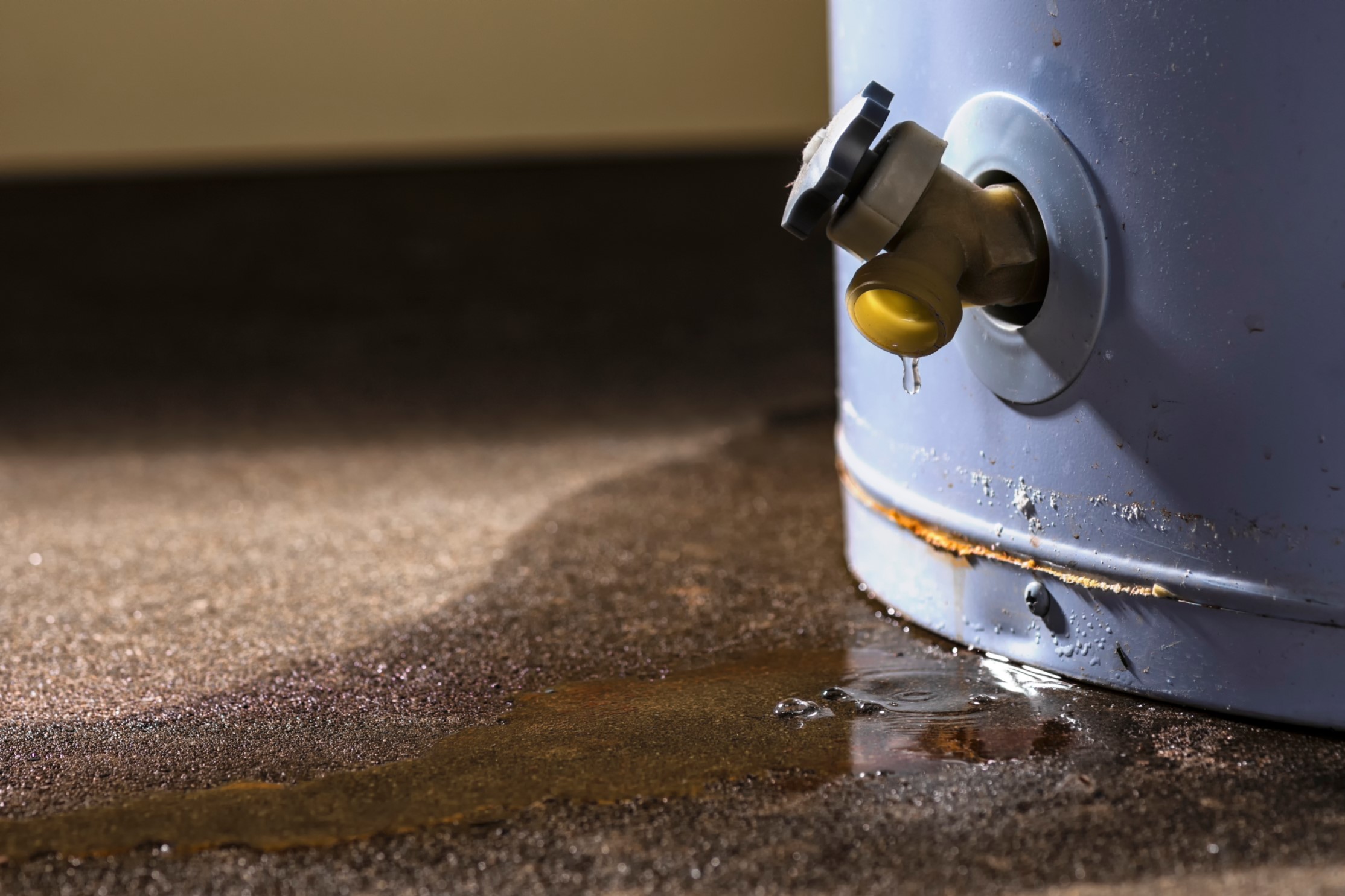Ensuring Longevity of Your Home's Hot Water System: Maintenance TipsEasy Ways to Maintain Your Home's Hot Water System Properly
Ensuring Longevity of Your Home's Hot Water System: Maintenance TipsEasy Ways to Maintain Your Home's Hot Water System Properly
Blog Article
What're your concepts on Tips For Maintaining Your Hot Water Heater?

Warm water is important for day-to-day comfort, whether it's for a rejuvenating shower or washing meals. To guarantee your warm water system runs efficiently and lasts longer, normal maintenance is vital. This post provides useful ideas and insights on exactly how to keep your home's hot water system to stay clear of interruptions and pricey repair work.
Intro
Maintaining your home's warm water system could seem complicated, but with a couple of straightforward steps, you can guarantee it operates smoothly for several years to find. This overview covers every little thing from comprehending your warm water system to do it yourself maintenance pointers and knowing when to employ specialist aid.
Importance of Preserving Your Hot Water System
Normal maintenance not just expands the lifespan of your warm water system however also guarantees it runs effectively. Neglecting maintenance can result in decreased performance, greater energy expenses, and even premature failing of the system.
Indicators Your Warm Water System Demands Maintenance
Knowing when your hot water system requires attention can avoid significant problems. Look out for signs such as inconsistent water temperature level, odd noises from the heating unit, or corroded water.
Comprehending Your Hot Water System
Before diving into maintenance tasks, it's practical to recognize the fundamental parts of your warm water system. Commonly, this includes the water heater itself, pipes, anode rods, and temperature controls.
Regular Monthly Maintenance Tasks
Routine regular monthly checks can assist catch minor problems prior to they rise.
Purging the Hot Water Heater
Purging your water heater removes sediment buildup, improving effectiveness and extending its life.
Checking and Replacing Anode Rods
Anode rods prevent corrosion inside the tank. Examining and replacing them when worn out is important.
Checking and Changing Temperature Level Setups
Changing the temperature level setups makes sure optimal performance and safety and security.
DIY Tips for Maintenance
You can carry out several maintenance tasks on your own to maintain your warm water system in leading problem.
Checking for Leaks
Frequently inspect pipelines and links for leakages, as these can cause water damage and higher bills.
Testing Stress Relief Valves
Testing the stress safety valve ensures it works properly and prevents excessive stress accumulation.
Protecting Pipes
Shielding warm water pipes decreases warmth loss and can conserve energy.
When to Call a Professional
While DIY maintenance is beneficial, some concerns need expert proficiency.
Complex Concerns Requiring Specialist Assistance
Instances include major leakages, electric problems, or if your hot water heater is constantly underperforming.
Routine Professional Maintenance Benefits
Specialist maintenance can consist of complete evaluations, tune-ups, and making certain compliance with security standards.
Verdict
Routine upkeep of your home's warm water system is vital for efficiency, long life, and cost financial savings. By complying with these tips and understanding when to seek specialist help, you can make sure a dependable supply of warm water without unforeseen disturbances.
How to Maintain an Instant Hot Water Heater
Before tinkering with your hot water heater, make sure that it’s not powered on. You also have to turn off the main circuit breaker and shut off the main gas line to prevent accidents. Also turn off the water valves connected to your unit to prevent water from flowing into and out of the appliance. 2. When you’re done, you have to detach the purge valves’ caps. These look like the letter “T” and are situated on either side of the water valves. Doing so will release any pressure that has accumulated inside the valves while at the same time avoid hot water from shooting out and burning your skin. 3. When the purge valves’ caps are removed, you have to connect your hosing lines to the valves. Your unit should have come with three hoses but if it didn’t, you can purchase these things from any hardware or home repair shops. You can also get them from retail stores that sell water heating systems. Read the user’s manual and follow it to complete this task properly. When the hosing lines are connected, open the purge port’s valves. 4. You should never use harsh chemical cleaners or solutions when cleaning your unit. Make use of white vinegar instead. It should be undiluted and you’ll probably use about 2 gallons. 5. Now flush your water heater. This task should probably take about 40 minutes. We can’t give you specific directions for this because the procedure is carried out depending on the type, model and brand of your heater. With that being said, refer to the user’s manual. 6. When you’re done draining the unit, you have to turn off the purge port valves again. Remove the hosing lines that you earlier installed on each of the water valves. Put the valve caps (purge port) back in their respective places and be very careful so as not to damage the rubber discs that are found inside these caps. 7. Now that everything’s back in place, check your user’s manual again to find out how to reactivate your water heating system. 8. Once it is working, turn one of your hot water faucets on just to let air pass through the heater’s water supply pipes. Leave the tap on until water flows smoothly out of it. https://www.orrplumbing.com/blog/2014/september/how-to-maintain-an-instant-hot-water-heater/

We had been made aware of that editorial about How to Maintain Your Water Heater & Prolong its Life through a pal on another web page. Sharing is good. One never knows, you might be doing someone a favor. Thank-you for taking the time to read it.
Call Us Today Report this page